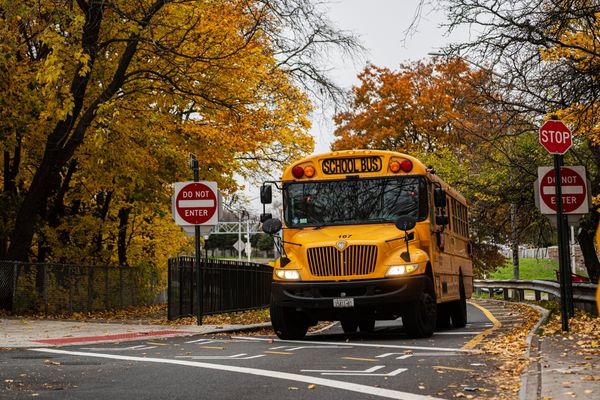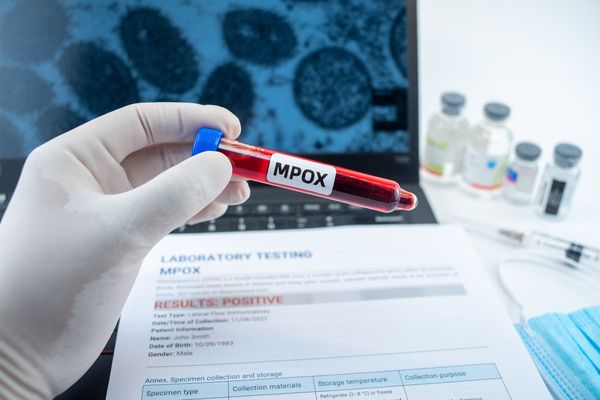
Police in Canberra have been cautious in their response to radical national road safety laws proposed against drink-driving, which contributes to around 200 deaths a year on Australian roads.
The Austroads policy framework flags a significant increase in police enforcement and includes such dramatic measures as raising taxes on alcohol to reduce consumption and immediate driver's licence suspension at the roadside for all offenders.
Drink driving is responsible for around 18 per cent of all road deaths across Australia.
The study found that over the past three years there had been no marked improvement in drink-driving behaviour despite hundreds of millions of dollars nationally spent on ramped-up roadside breath testing and increased police enforcement.
The study also arrives at a time when a review of the most recent 10-year federal Road Safety Strategy, which ends this year, concluded that "more needs to be done".

The strategy had set an ambitious target of a 30 per cent reduction in road deaths and injuries by 2020.
However, the strategy was an abject policy failure and the national road toll is now heading in the opposite direction. Last year the national road toll finished at 1194, up by 5 per cent on 2018.
A new strategy, expected to recommend much stricter measures as foreshadowed by Austroads, is under development now.
Factors such as alcohol, speeding, fatigue and driver distraction are commonly blamed for the 2019 road toll increase.
The Northern Territory has the highest number of alcohol-related road deaths at 28 per cent while the ACT sits mid-field among the jurisdictions, with 19 per cent. Victoria, NSW and South Australia all have lower alcohol-related road deaths than the ACT.
In NSW, from May last year legislation was introduced in which a driver who commits a low, special or novice range drink-driving offence, can have their licence immediately suspended

In the case of a first-time offence, the driver's licence can be suspended for three months and an on-the-spot fine issued.
Prior to the reforms, all drivers charged with drink driving were required to attend court to have their penalty determined.
ACT police are also empowered to immediately suspend a driver's licence but generally, after arrest the first-time drink-driver is permitted back on the road until a court determines otherwise.
Research which underpins the Austroads report found that impaired drivers killed or seriously injured were more likely to have been speeding; not wearing a seatbelt or helmet; fatigued; driving unauthorised; and/or living in the same areas where they crashed.
Drink-driving related fatalities and serious injuries are particularly prevalent in rural and remote areas.
Austroads, the peak organisation of Australasian road transport and traffic agencies, recommends such dramatic anti-drink-driving measures as:
- increasing the price of alcohol to reduce its consumption;
- fast-tracking technical solutions to prevent people impaired by alcohol from driving;
- expanding the use of vehicle interlock systems;
- highly visible and randomised police enforcement, combined with covert operations;
- reducing the maximum allowed blood alcohol content of all drivers to .02 or zero; and
- suspending all impaired driver's licences at the roadside.
The members of Austroads are collectively responsible for the management of over 900,000 kilometres of roads valued at more than $250 billion.
Its road safety research programs aim to mitigate crash risks and knowledge gaps, and its policy-making recommendations carry significant authority with state and territory governments.
The Austroads report found at almost one in five drivers or motorcycle riders in Australia detected drink driving had a prior drink-driving offence within the previous five years.
It said that "effective general deterrence will be critical in maintaining and further enhancing effective enforcement practices, to reduce the extent of drink-driving and riding in Australia".
The research found that the ready access of alcohol "impacts directly on road trauma".
"One very effective measure to reduce societal alcohol consumption is controlling access to alcohol by increasing the price - either through a volumetric tax applied at a federal level or via a floor price for alcohol applied at a state/territory level," the report said.
READ MORE:Analysis: We're dithering over data as the road toll climbs
In assessing all the various state and territory policy frameworks to combat drink-drinking, the research found that "no one jurisidiction has all of the measures that create what has been defined as a 'complete good practice framework' ".
"The goal of eliminating drink driving deaths and serious injuries by the mid 2050s will require far more effective measures," the report said.
ACT police were non-committal on the report.
"We work collaboratively with the ACT government on road safety measures and strategies to reduce collisions and fatalities on ACT roads," police said in a statement.
"The ACT is the only jurisdiction committed to 'Vision Zero', which strives for no deaths or serious injuries on our roads".







